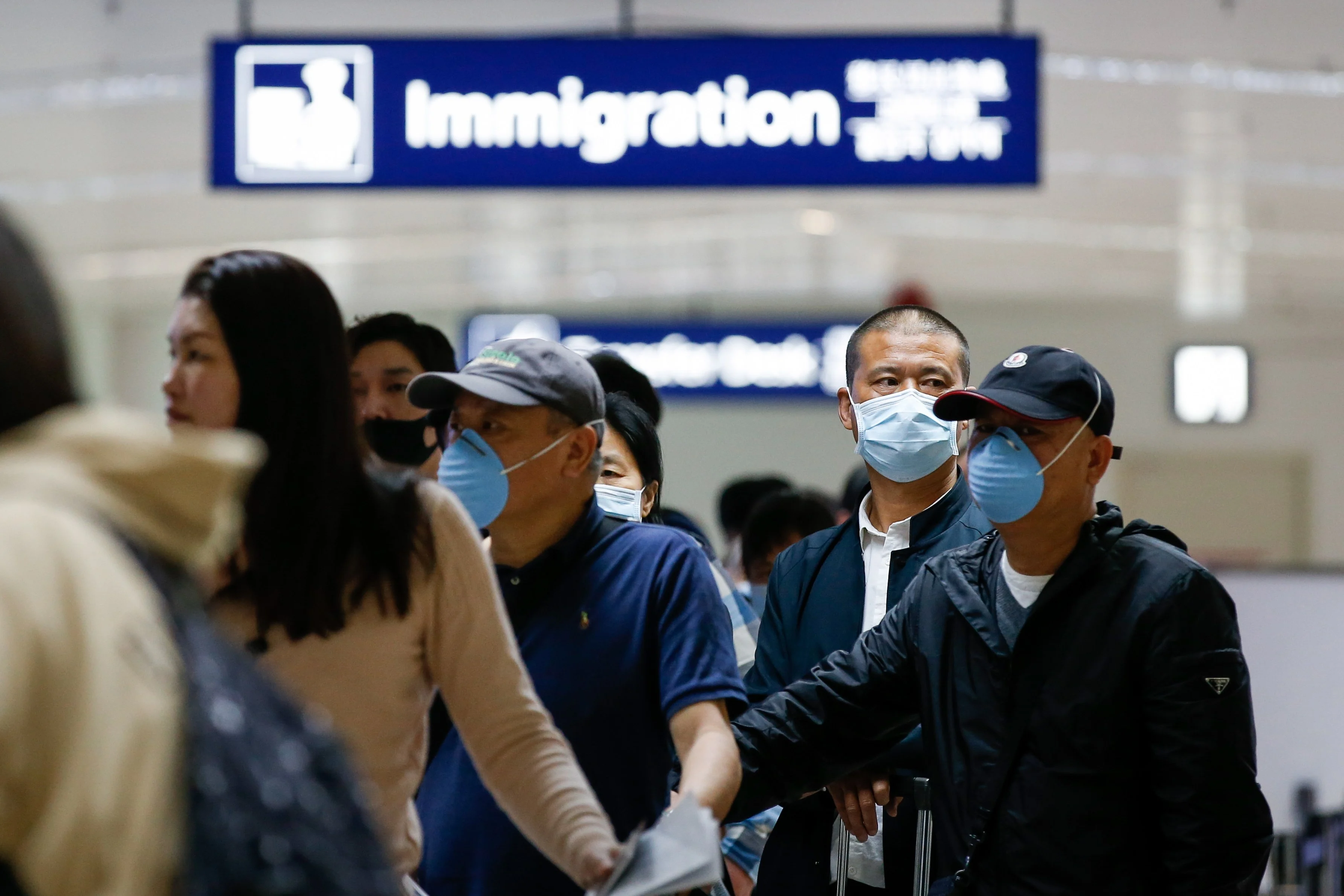Copyright scmp

The Philippines will revive its electronic visa programme for Chinese tourists next month, nearly two years after its abrupt suspension, as part of a broader push to boost lagging visitor arrivals and regain lost ground in the regional tourism race. The Philippine embassy in Beijing confirmed in a statement issued on October 15 that Chinese citizens – including those from Hong Kong and Macau – would again be able to apply for short-stay e-visas online for up to 14 days of travel for tourism or business purposes, starting in November. Entry will initially be restricted to two international airports: Manila’s Ninoy Aquino and Mactan–Cebu in Cebu. The restart comes nearly two years after the system was suspended in December 2023, only months after its pilot launch. At the time, the Department of Foreign Affairs said the e-visa platform for Chinese applicants was “undergoing a period of reassessment with the aim of improving future operations”. As a result, applications had to once again be channelled through embassies and consulates instead. Philippine Tourism Secretary Christina Frasco welcomed the restart, describing the initiative as “necessary and overdue”, but warned that results would not be immediate. “With the e-visa being resumed only in November, it’s really a lot of market preparation to rebuild what has been lost,” she told reporters during a briefing in Makati on Tuesday, as quoted by the Philippine News Agency. “The market penetration, I anticipate, will only be next year. As we can see in the results of any marketing campaign, it’s a work of at least six months before you can see actual conversion.” In the first nine months of 2025, the Philippines recorded just 203,923 visitors from mainland China – far short of the Department of Tourism’s annual target of 2 million, and a fraction of pre-pandemic levels. In 2019, China was the country’s second-largest source market, delivering 1.7 million visitors. Overall inbound tourism to the Philippines has lagged behind that of neighbouring Southeast Asian countries. The archipelago recorded just 2.1 million foreign visitors between January and April 2025 – a 3.2 per cent decline from the same period in 2024. In contrast, Thailand welcomed 12.1 million visitors over the same stretch, Malaysia 16.9 million, and Singapore 5.7 million, according to official government data. Despite these numbers, the Philippines continues to enjoy strong brand equity as a beach and island destination. Earlier this month, it was named Asia’s Leading Beach Destination and Leading Island Destination at the World Travel Awards 2025, with Boracay taking the title of Asia’s Leading Luxury Island Destination. Palawan also topped Travel + Leisure’s 2025 reader rankings for Asia’s best islands. Analysts say the recovery of the country’s tourism sector remains fragile. Alfred Lay, director for hotels, tourism and leisure at Leechiu Property Consultants, said while the Philippines could still reach 6 million arrivals this year, the outlook hinged on external factors. “Risks for this year are all mainly external, namely the uncertainty in the global economy, airline disruptions, and exchange rate volatility in our top source markets, which can both have positive and adverse effects,” Lay told BusinessWorld in May. Security and political concerns may also temper the impact of the e-visa restart. Earlier this year, China’s Ministry of Foreign Affairs issued multiple safety advisories cautioning its nationals about crime risks in the Philippines, including reports of scams and kidnappings linked to defunct offshore gambling firms known as Pogos. The Philippine National Police rebutted those claims in September, reporting a 16.5 per cent decrease in nationwide crime rates and rejecting suggestions that public safety had deteriorated. The Department of Foreign Affairs called Beijing’s advisories a “mischaracterisation” of the situation. Immigration raids in tourist hubs such as Boracay – including one in September that led to the arrest of two Chinese nationals for illegal employment – have also stoked unease. Frasco acknowledged the sensitivities during her briefing, but emphasised the government’s continued outreach to Chinese trade partners. “Even when the e-visa was suspended, our marketing efforts in China did not stop,” she said.



